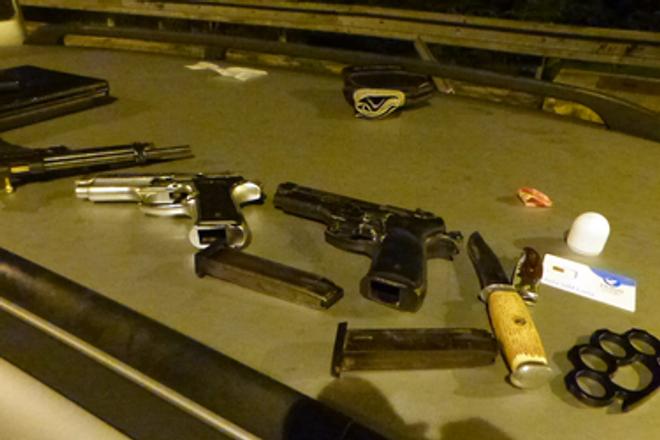Relatively large numbers of arms produced in Slovakia decades ago, now deactivated, could end up in the hands of terrorists and be made lethal again, authors of a report entitled Crime-Terror Nexus in the Czech Republic and Slovakia stated at a GLOBSEC think-tank in Bratislava on June 20.
The Crime-Terror Nexus project, led by Peter R. Neumann, explores the new links between organised crime, petty crime and terrorism in Europe, the TASR newswire wrote.
Czechoslovak arms used in attacks
Rajan Basra, head of research on the Crime-Terror Nexus Project, noted at the event in Bratislava that arms originating from Slovakia were used in the notorious Charlie Hebdo attack in 2015 and the Munich mall attack of 2016, which claimed the lives of nine people.
Arms that appear in the hands of terrorists were generally produced when Slovakia was part of Czechoslovakia. When the state was divided, these arms were deactivated and made available with minimal restrictions, so they could have ended up anywhere in Europe, according to the report.
“Slovak arms are currently in the hands of criminals from the UK, Denmark, Sweden, the Netherlands, Romania and France,” reads the report, as cited by TASR.
Change in modus operandi
According to the authors, recent years have seen a change in the nature of the crime-terror nexus from a convergence of criminals and terrorists as organisations to a convergence of their social networks, environments and milieus. So, rather than being one or the other, criminal and terrorist groups have come to recruit from the same pool of people, often creating unintended synergies and overlaps that have consequences for how individuals are radicalised and operate.
As part of the recommendations, the report suggests, as quoted by the newswire, that individual states should take a closer look at arms trafficking, and, instead of focusing only on large, international financial transactions, they should also look at more ordinary crimes, including thefts, burglaries and drug trafficking.



 Illegal arms keep surfacing in Slovakia as well. Illustrative stock photo (source: SITA)
Illegal arms keep surfacing in Slovakia as well. Illustrative stock photo (source: SITA)